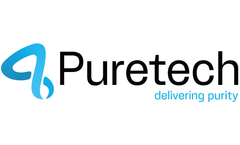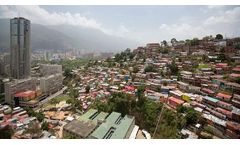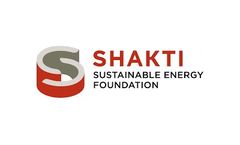Water Sanitation Articles & Analysis: Older
9 articles found
However, its detergency decreases in hard water with high metal ion content, and clothes may become stiff after washing. ...
The swift spread of the Coronavirus disease (COVID-19) across the globe has resulted in unexpected and at times, under planned for, impacts. In some countries, the outbreak has moved businesses to halt on-site operations and urged employees to work from home. The water industry, however, is quickly adapting to the new reality and leveraging remote capabilities to continue supplying clean and safe ...
Project: Commercial Albumin Production Plant Capacity Expansion Client: Albumedix Limited Main Contractor: Scitech UK Duration: May 2019 – November 2020 Puretech designed, manufactured, installed and commissioned a fully validated system for the generation and distribution of essential pyrogen free water to replace the existing legacy system at Albumedix’s facility in ...
Economic and infrastructure problems hamper the availability of water for basic hygiene measure According to the World Health Organization (WHO) office of Water, Sanitation, and Hygiene (WASH), hand-washing is the No. 1 COVID-19 prevention strategy. ...
This is where we can highlight the human cost of poor health systems when having to respond to any kind of crisis—whether it is COVID 19, the ongoing impact of climate change on health, or other factors such as the lack of basic water, sanitation and hygiene services than can weaken healthcare. Population groups already struggling with poverty, ...
Using household survey data for Guatemala, this paper investigates the role of water and sanitation infrastructure on diarrhea incidence in children. Hierarchical logit models of diarrhea incidence are estimated to account for potential regional heterogeneity of water and sanitation effects. Results indicate that the ...
Poor sanitation can contaminate drinking water, especially in rural areas. Unless properly dealt with, faeces and other human waste can pollute the soil and eventually wells, causing diseases such as diarrhoea. ...
An estimated 1.1 billion persons worldwide lack access to an improved water source. Hundreds of millions more drink contaminated water from improved sources because of unsafe water treatment and distribution systems and unsafe water storage and handling practices. ...
Menstrual hygiene management (MHM) is a largely overlooked issue in the water, sanitation and hygiene (WASH) sector. Every day, millions of menstruating girls and women in low-income countries struggle to find clean water for washing, private places for changing and adequate blood absorbing materials. ...







